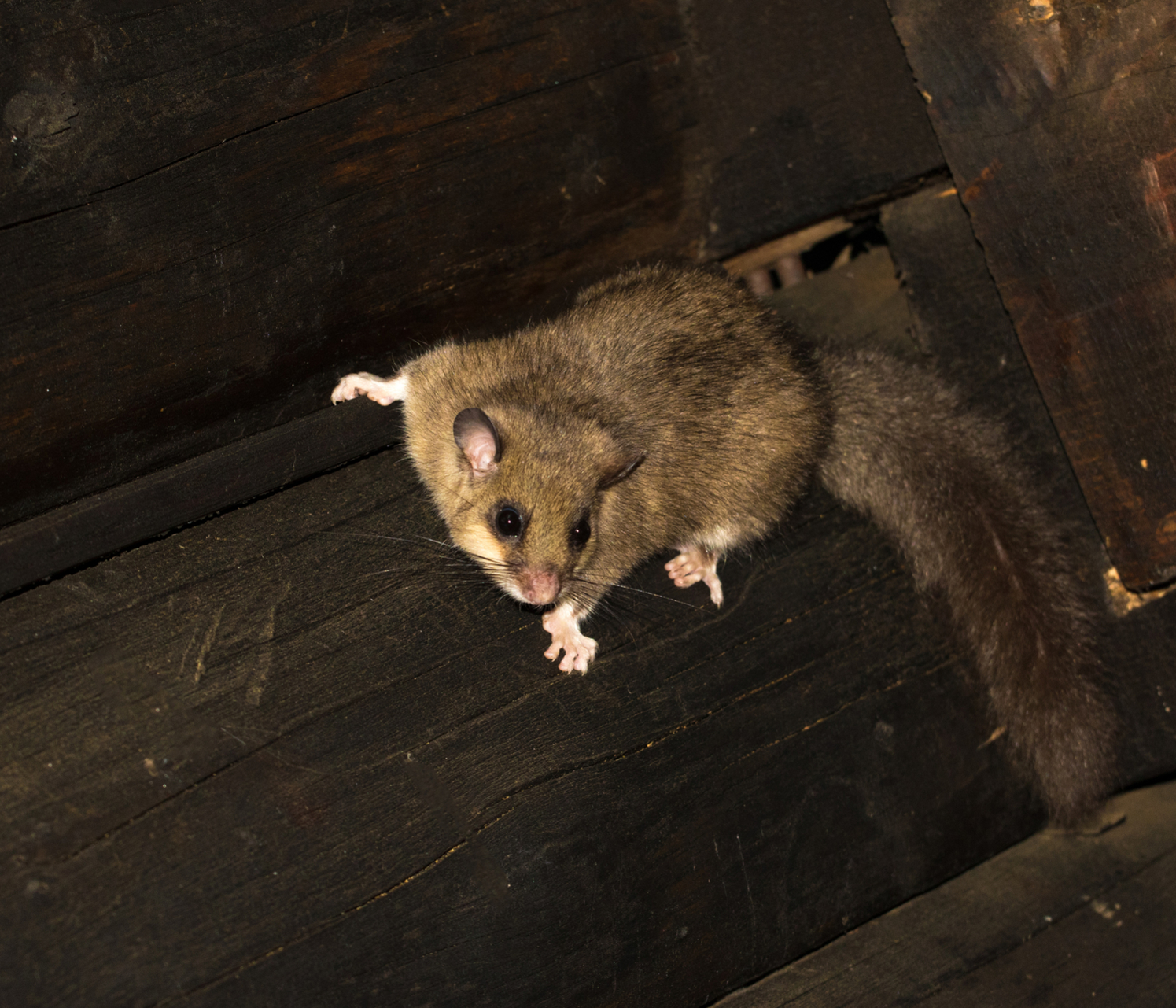What's in your loft?
Posted on 6th December 2023 at 15:55
What's inside your loft?
Effective pest control in Reading
For most people there are the just two yearly trips up into the loft, the first being its summer holidays time and the suitcases are needed, the second is now, in December and that’s to bring down the Christmas decorations and often the first time that people can find themselves with unexpected visitors.
What’s in your loft?
Your loft is a dark and cold, slightly dusty, space that holds little attraction for visiting and more often than not, someplace rarely ventured but to insects like flies and wasps this space is welcome as a stable environment in which to overwinter.
Insects don’t go into hibernation like bears and other mammals do but they enter a period of inactivity called diapause; this is when they stop moving about and slowly shut themselves down ready to recharge and start again in the spring. Your lovely dark loft where the air temperature is relatively stable is just the right place for many Queen wasps and flies.
You’ll soon find out if you have these up there if you enter the loft and switch a light on and then wait a few minutes to see if they start flying about, if this happens don’t reach for the phone to call out a pest control company. Either accept the fact that they’ve taken up residence with you which will be temporary and in the case of a pest species called cluster flies: a now yearly event but grab yourself a can of fly spray and take them on yourself.
The likelihood is that you’ve only got a few Queen wasps and small population of flies which should be easy to deal with or easier to just ignore – they don’t cause any damage and pose little health issue to us, so it might be a case of live and let live being the best policy?
So what other insects could be up there with the wasps and flies?
Almost certainly you’ll have a range of insects and its common to find ladybirds clustered together in lofts, the harlequin ladybird is an invasive species who’s population has exploded in the UK. The harlequin or Asian lady beetle to call it by its local name is a top insect predator that eats its way through thousands of aphids.
These were bought to the UK to control pests in glass houses and then soon spread out into the environment, hugely variegated in colours and spot design, they are out competing our native ladybirds and I see these in lofts and voids around window frames all the time. They don’t present as a pest to us other than their sheer numbers, more of a nuisance than a problem.
Along with the ladybirds you’ll find other insects like lacewings and butterflies; they’re all up in the loft to take advantage of a dry, dark stable environment, these insects make up vital ecosystems – some are predators, and some are prey but together they are all important in their own right and shouldn’t be considered as pests, just as unwanted house guests.
Other guests that may be up there, unfortunately are pests; if you hear the occasional scuffle, squeak or scratching then you’ve got one of the rodent pests and these are a completely different matter.
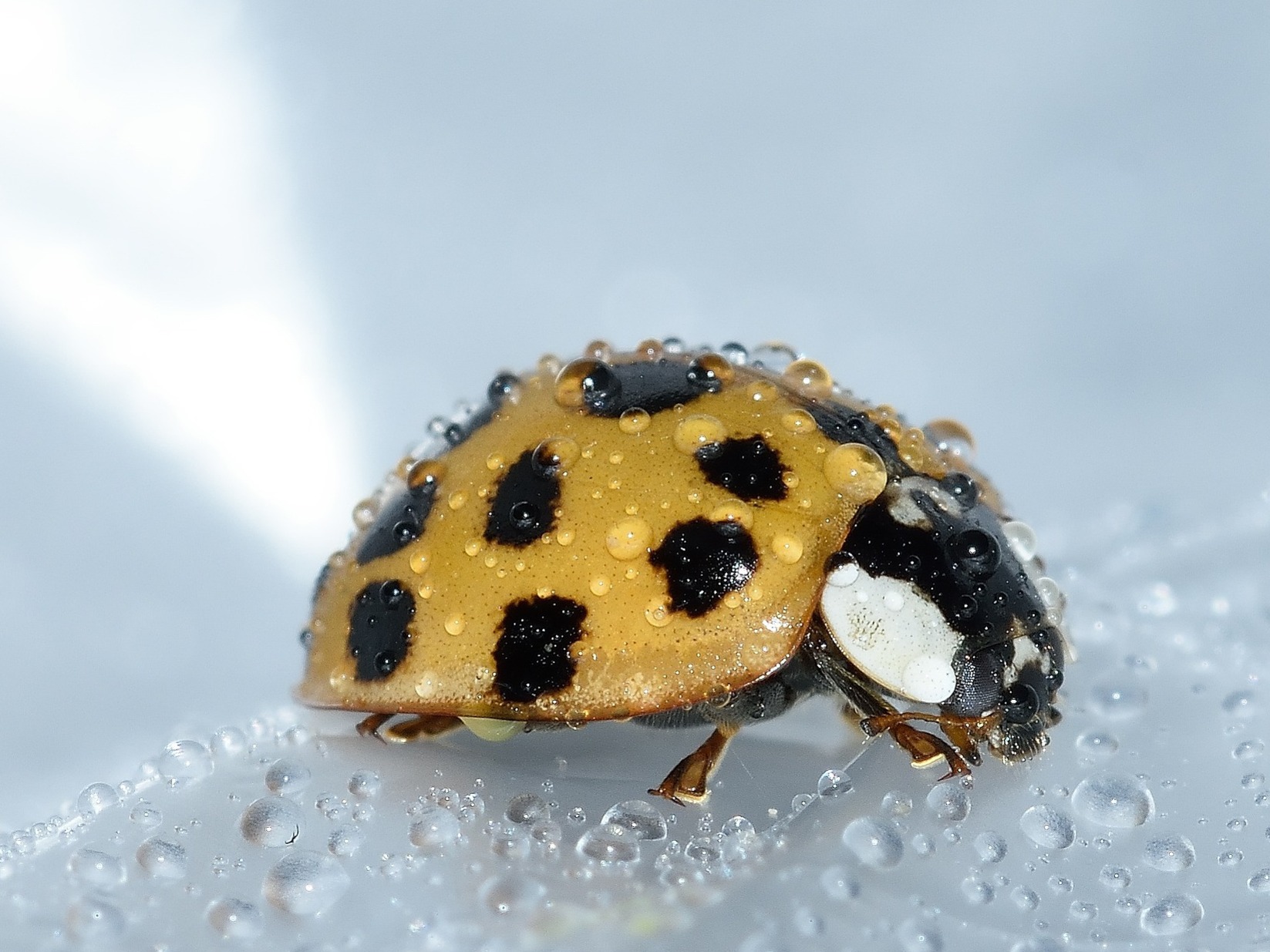
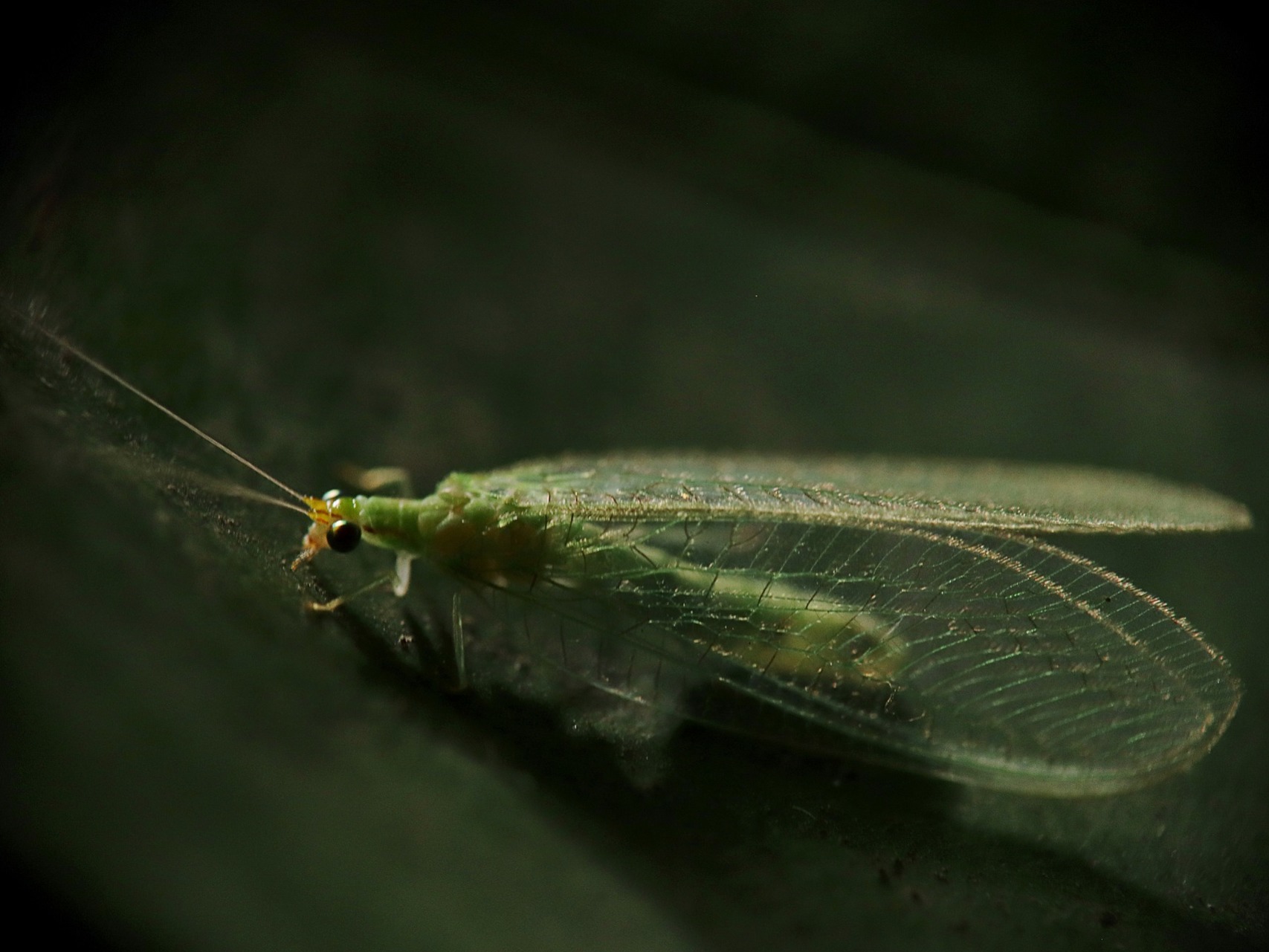
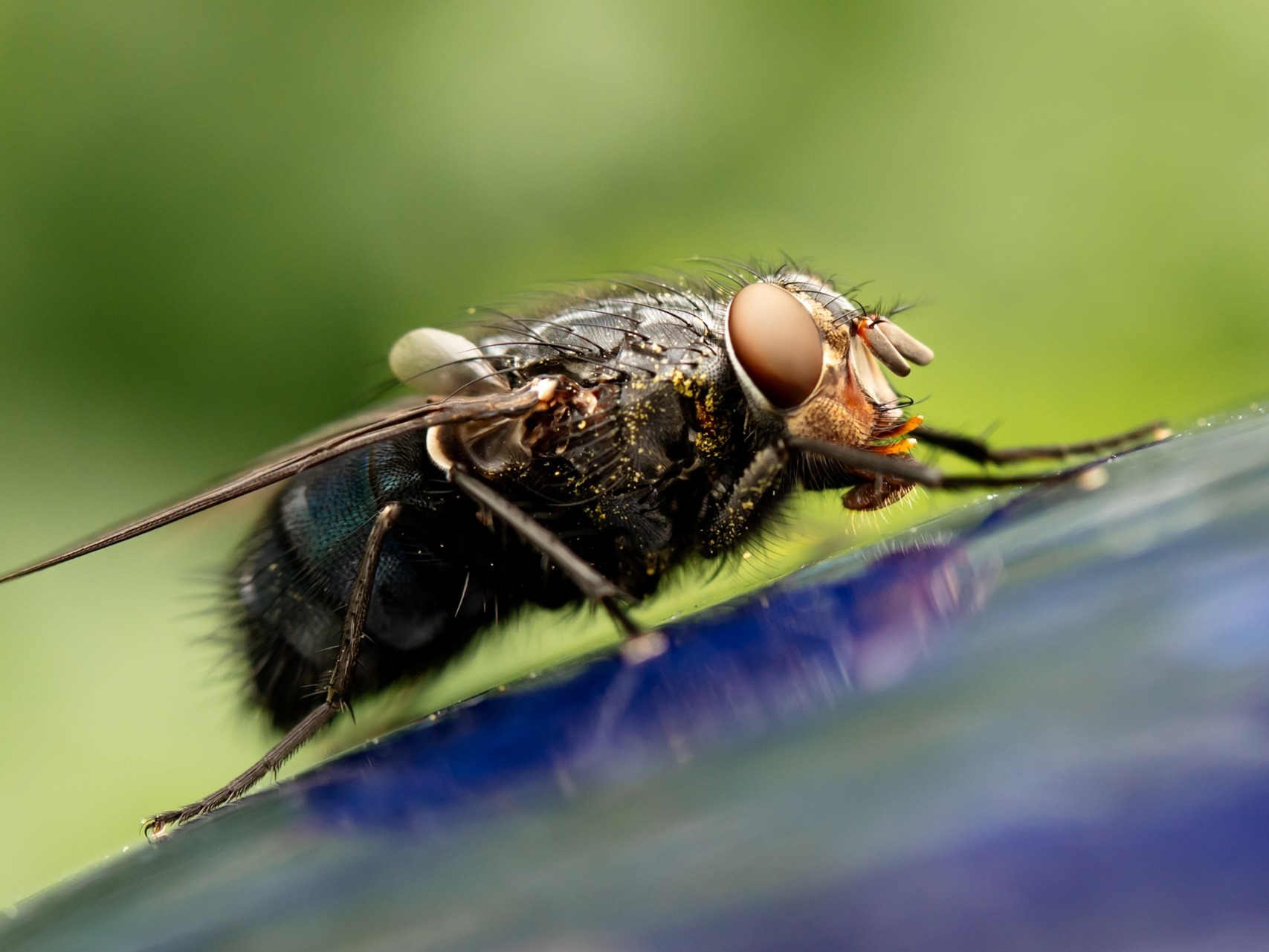
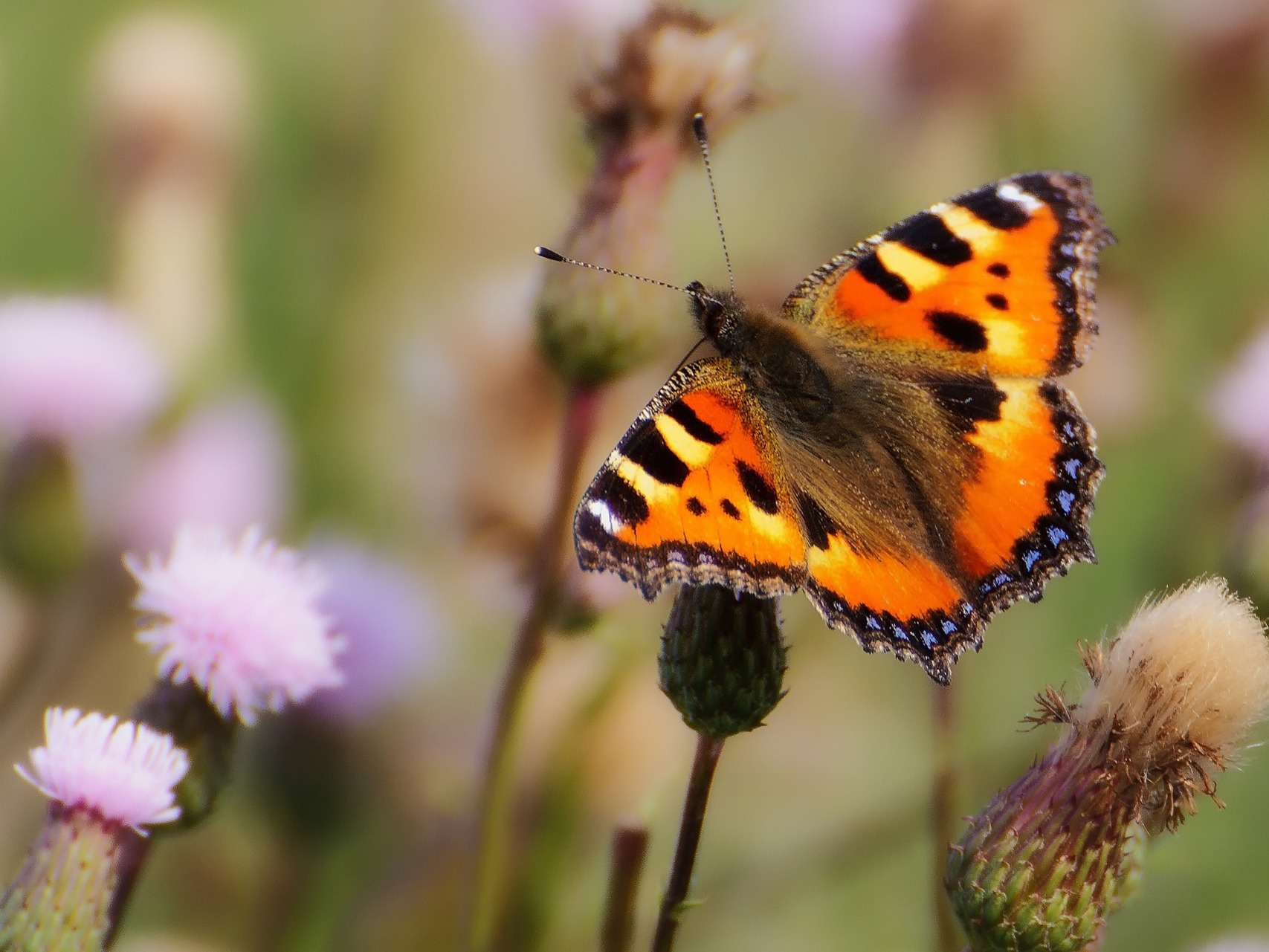
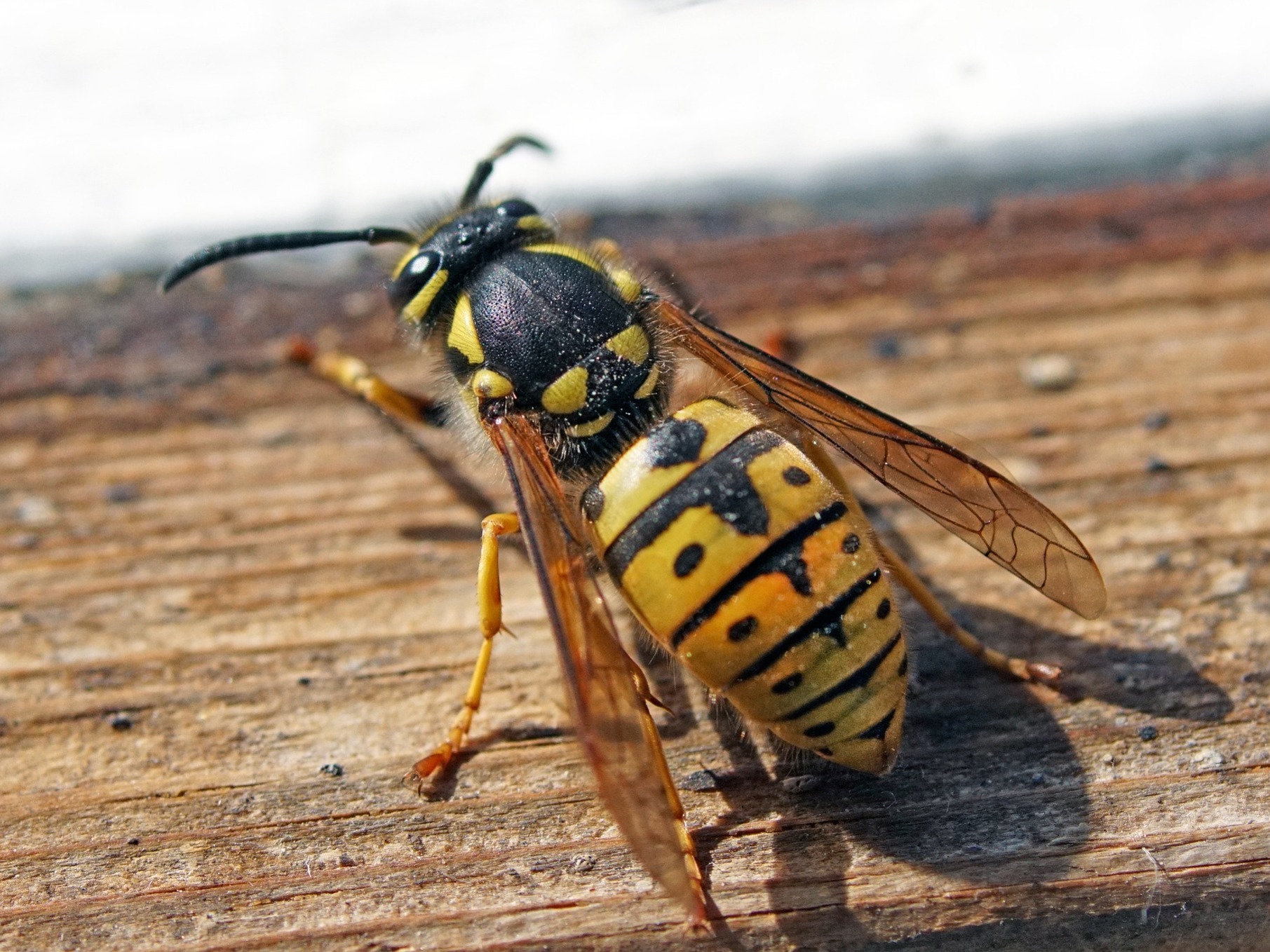
What could be making noises up in my loft?
In the area which I work, which is across Reading, Ascot, Bracknell, Maidenhead and occasionally up as far as High Wycombe we have four animals that make up the rodent pests, these are as you’d expect, rats and mice but we also see squirrels living in lofts and more rarely, the edible dormouse or glis glis to give it the Latin name.
The edible dormouse
These animals which look like a weird cross between a squirrel and a mouse will be found where there are large stands of beech tree’s, so Burnham Beeches is the obvious local area to get callouts for them, we also see them moving much further afield into places like Cookham, Pangbourne and Woodcote.
They are associated with beech trees because they like the beechnuts or mast as its called, and if you live near one of these trees you’ll know how much of this stuff each tree produces. However, like their cousins, these mice eat a range of other foodstuffs such as fruit, leaves, flowers, insects, even bird eggs, then, to top it off another trick they’ve picked up is to scavenge for food in waste bins and from dropped litter.
I am seeing movement of glis into more urban areas, so away from their traditional environments and because they’re such good climbers, lofts are easy access and as a species that does truly hibernate, this makes the ideal place in which to spend the winter.
Dealing with the edible dormouse is slightly different from its less exotic cousins, for a start you need to obtain a license to control them, the reason for this is that they do have a protected status. To help understand their population size and spread, the terms of the license include a report into numbers trapped and the use of rodenticide is not approved for glis glis.
Generally you’ll hear them up in the loft during the late autumn, they fatten up on mast, nuts and berries to get themselves ready for hibernation, and this is why they’re called edible dormice, the Romans kept them in terracotta jars where they forced fed them and then ate them dipped in honey, personally I’d prefer a MacDonalds any day.
Rats and mice
As you would expect I’d make comment on these two pests, rats and mice are hugely problematic during the cold months, both species will make their way into the loft where insulation, stored items even plastic bags can all be made into a warm cosy nest. As mammals they have to generate warmth and this takes energy, if you can find a place where that warmth can be contained then you’re using less energy to survive.
Both of these pests will take food like nuts and seeds and store them safe for eating later when other foodstuffs have disappeared, I often find piles of seeds in lofts and if they can get down the inside of the cavity wall into the kitchen, we’ll find food from the kitchen cupboards up there. Things like cat food, breakfast cereals and crisps will be taken up into the loft and stored.
How do rats and mice get into the loft?
Most houses in the UK now have cavity walls, and it doesn’t matter whether or not there’s cavity wall insulation inside, because these two pests are such great climbers, occasionally we’ll see mice that have climbed up the outside of a house to get inside through a missing piece of roofing material, that’s how good at climbing they are.
Don’t forget that house walls are often pierced by air bricks, pipes, cables and below ground the electrical, gas, water and waste services, all of these cut through the cavity wall and all of these can be the route to infestation. Generally speaking rats get in from below ground whilst mice always get in above ground, and the one place that this leads to, and that is your loft.
Squirrels
The largest of the rodent pests and probably the most destructive, despite their cute personality these rodents are little devils when they get inside your loft, firstly they scrape the loft insulation off the plasterboard and stuff it into the void that forms the soffits and fascia’s. The fibreglass is shredded up and rolled into a huge ball which will be the home for the squirrel, which given that their first breeding season is just around the corner, is a single female.
Any soft materials stored inside the loft are also targeted for nesting material, the worst case that I’ve seen was a designer wedding dressing torn to pieces to make a drey. But tearing up material is only a small part of the destruction, they will gnaw on electrical cables causing power outages and on plastic water pipes with the subsequent leaks, damaged ceilings and expensive repair bills. Having a squirrel inside your loft is no joke and there’s nothing cute about the situation.
The grey squirrel is an invasive species that has taken over nearly all of the UK, because it is from North America, it doesn’t have to contend with predators here so the population has boomed, on top of that they breed twice a year and lofts are a favourite place to set up home in.
All these animals make a lot of noise, either scampering, gnawing, fighting or mating and so you’ll soon become aware that you have visitors, sometimes you’ll hear them squeaking and there is another possible guest that squeaks; bats. Yes, bats will come into lofts during the autumn to start hibernation.
From October onwards, and usually it’s the pipistrelle bat which is the commonest bat living across the UK that fly in and take up residence in lofts, these animals do make a lot of noise when grouped together and I’ve been called out to a report of mice inside a roof to find that there were dozens of bats hanging from the rafters. Its important to understand that both the bats and their roost are protected by Law, interfering with either of these will see prosecution and hefty fines being dished out so once again its better just to leave them alone.
Whatever or whoever you find living inside the loft, weigh up the balance of a pest control treatment, is it worth fogging a loft with insecticide to kill some insects that do no harm and will leave in the spring versus getting rid of a furry pest that could chew through your lighting circuits, leaving you with thousands of pounds in repair bills?
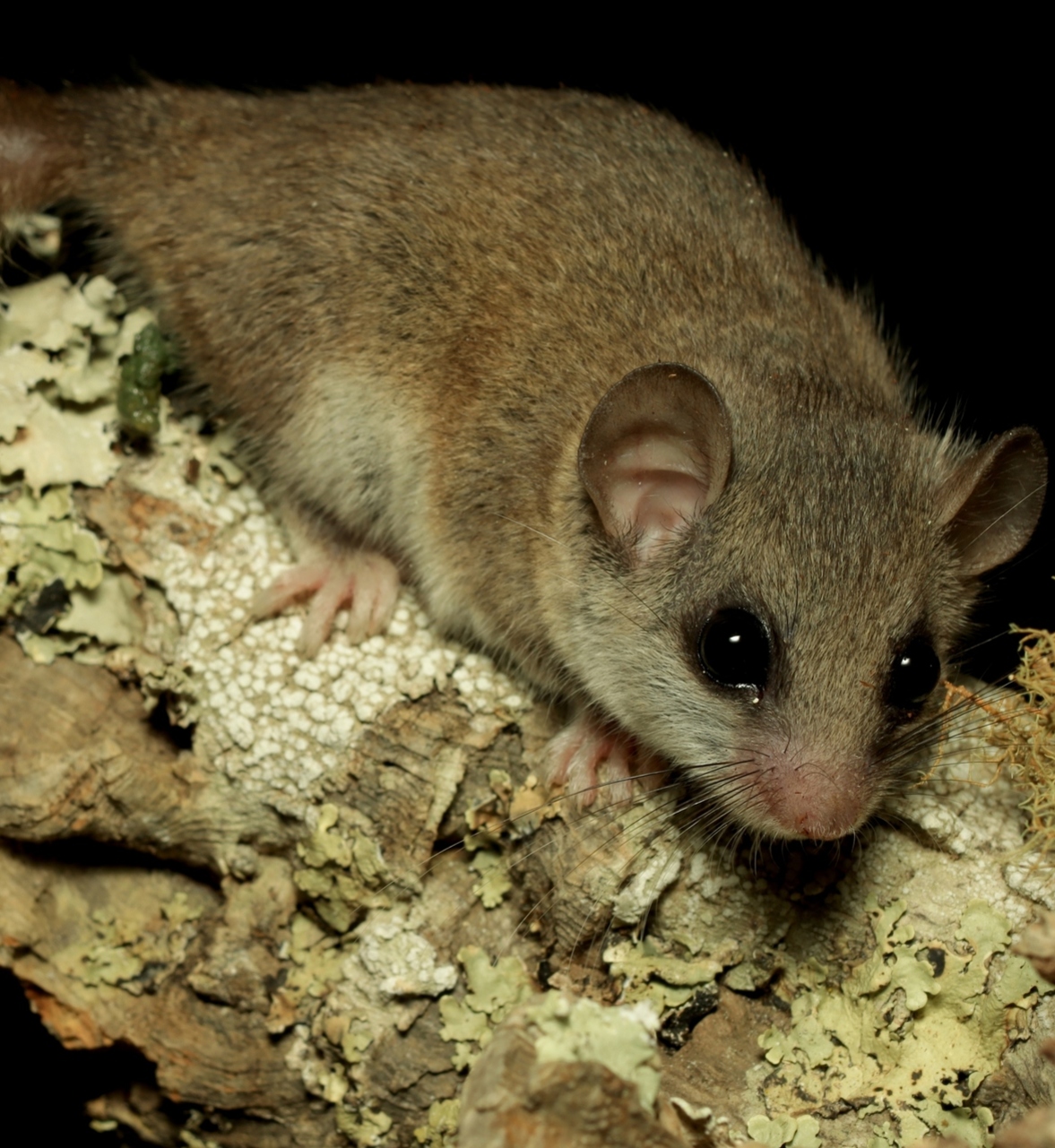
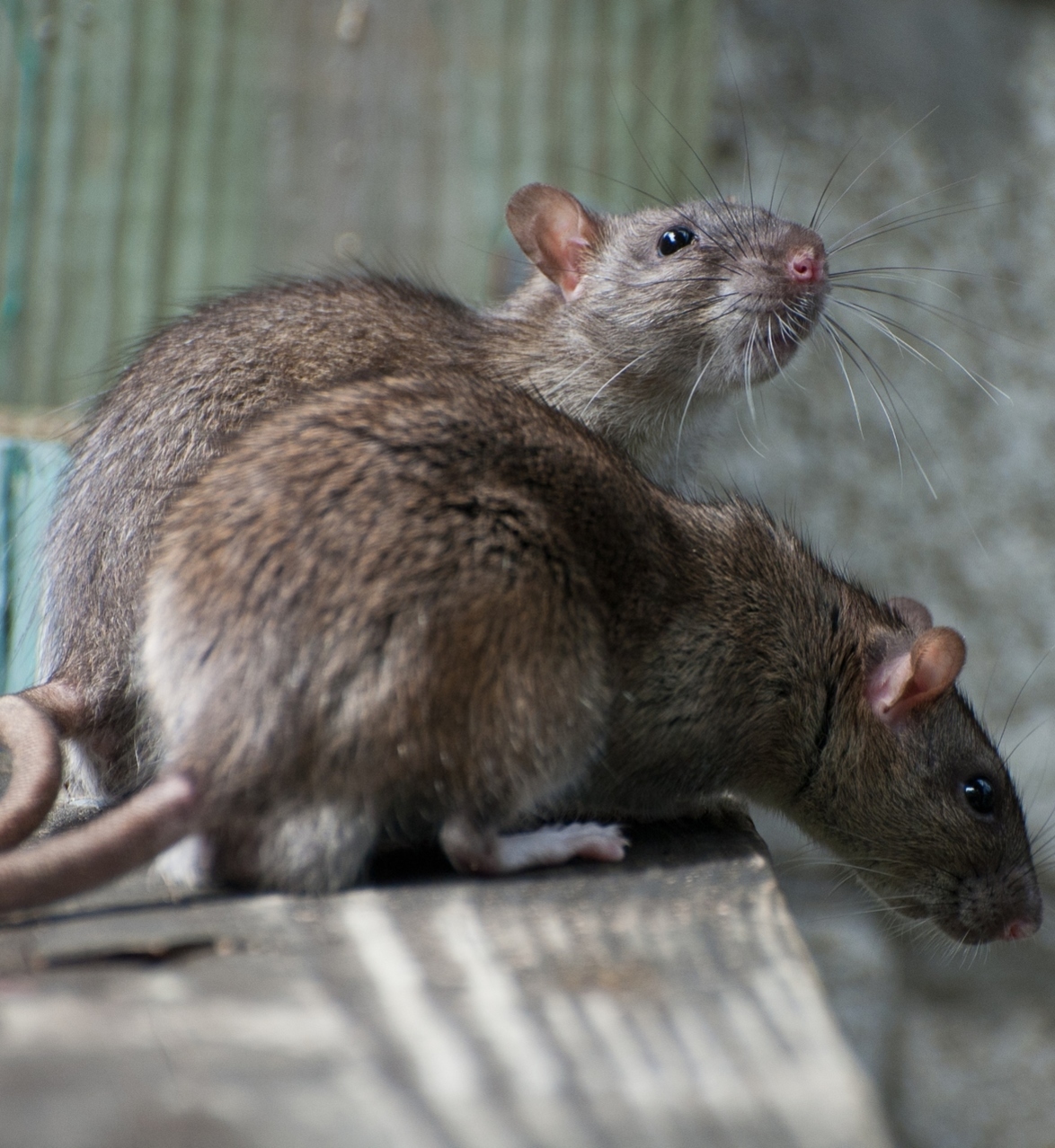
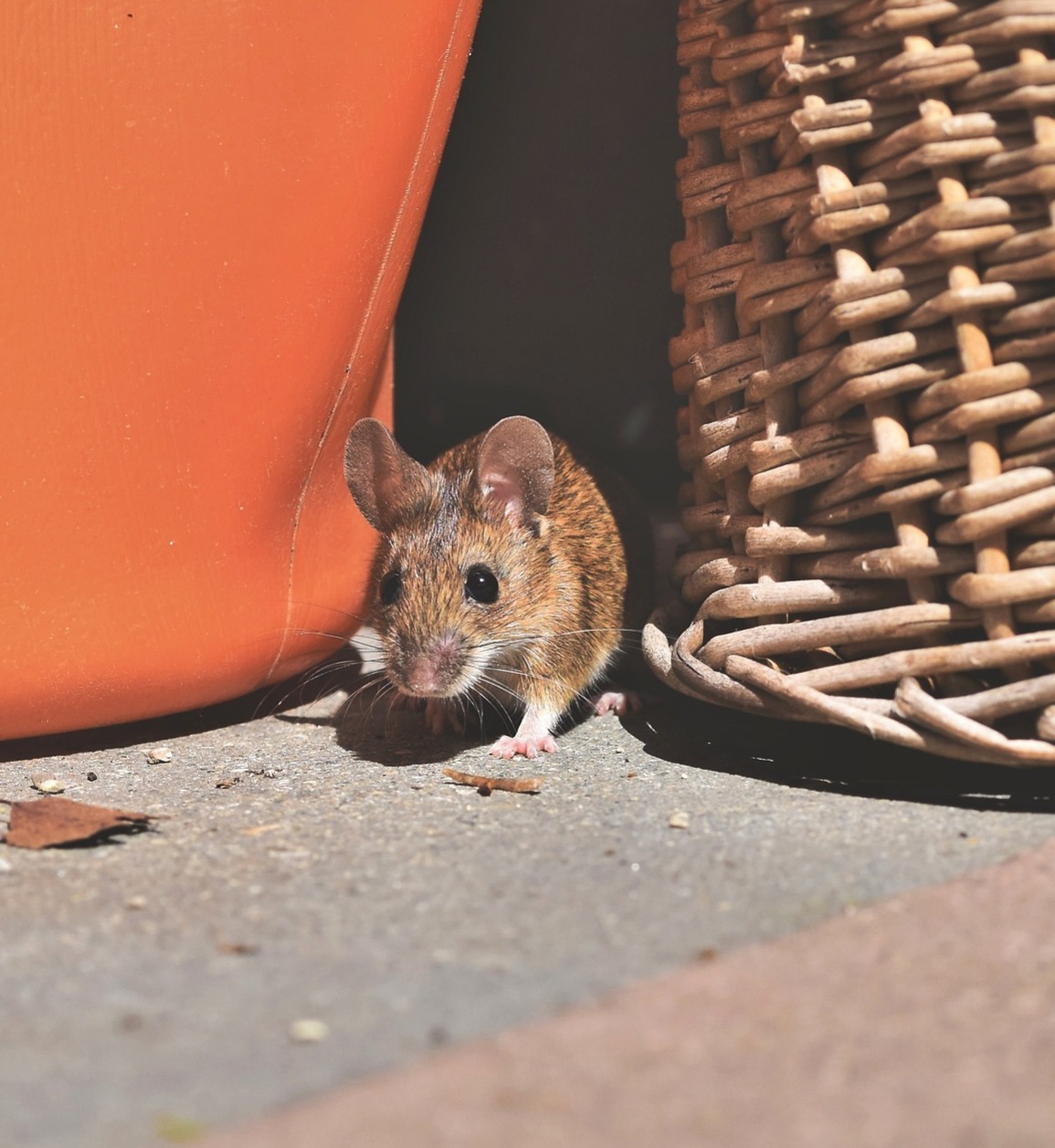
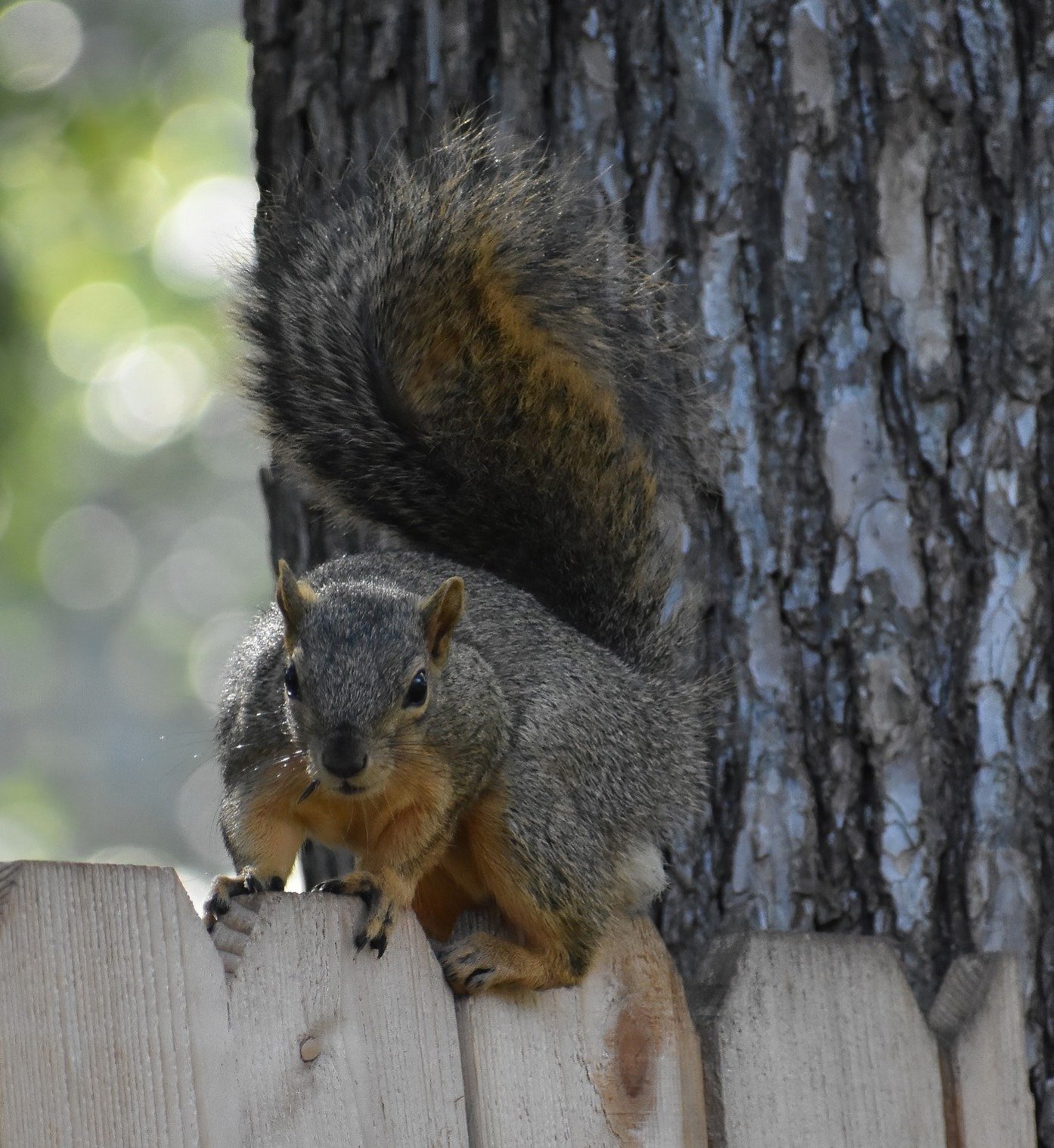
Share this post:







